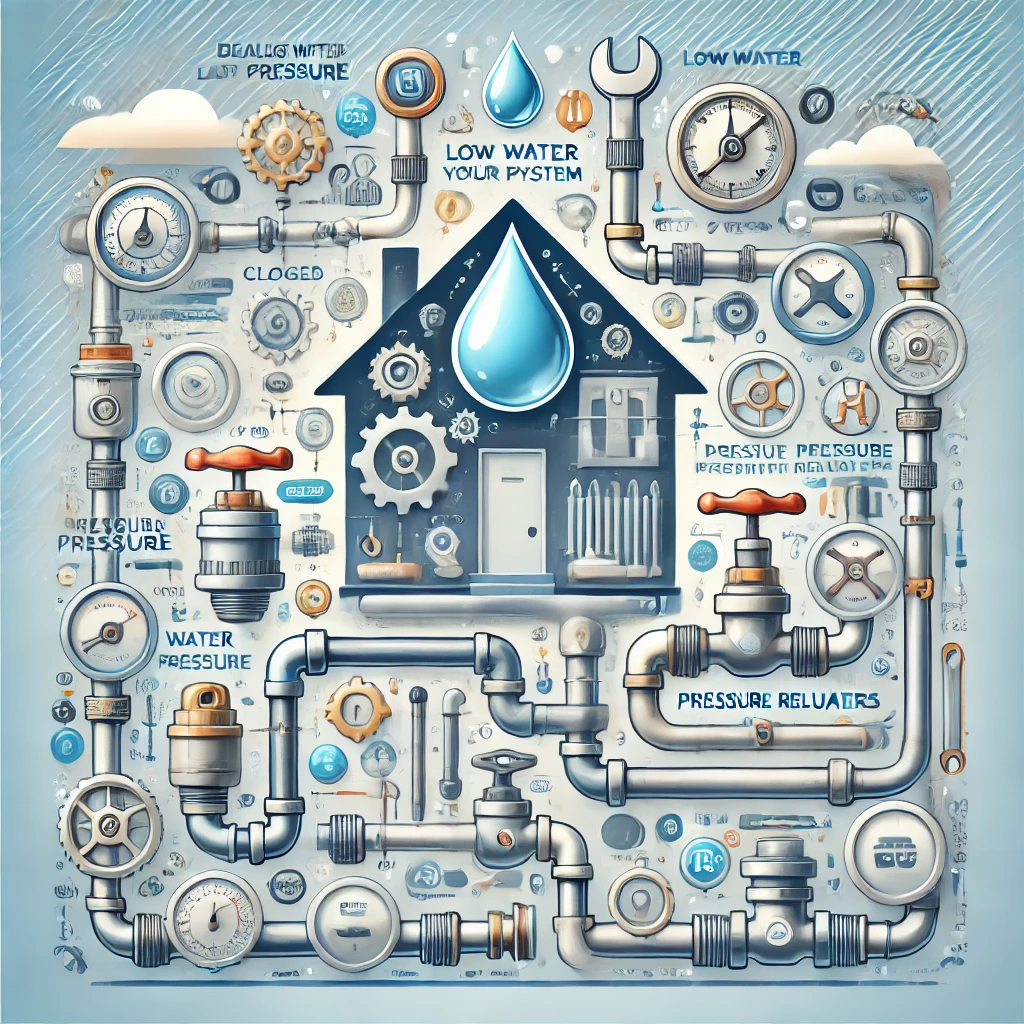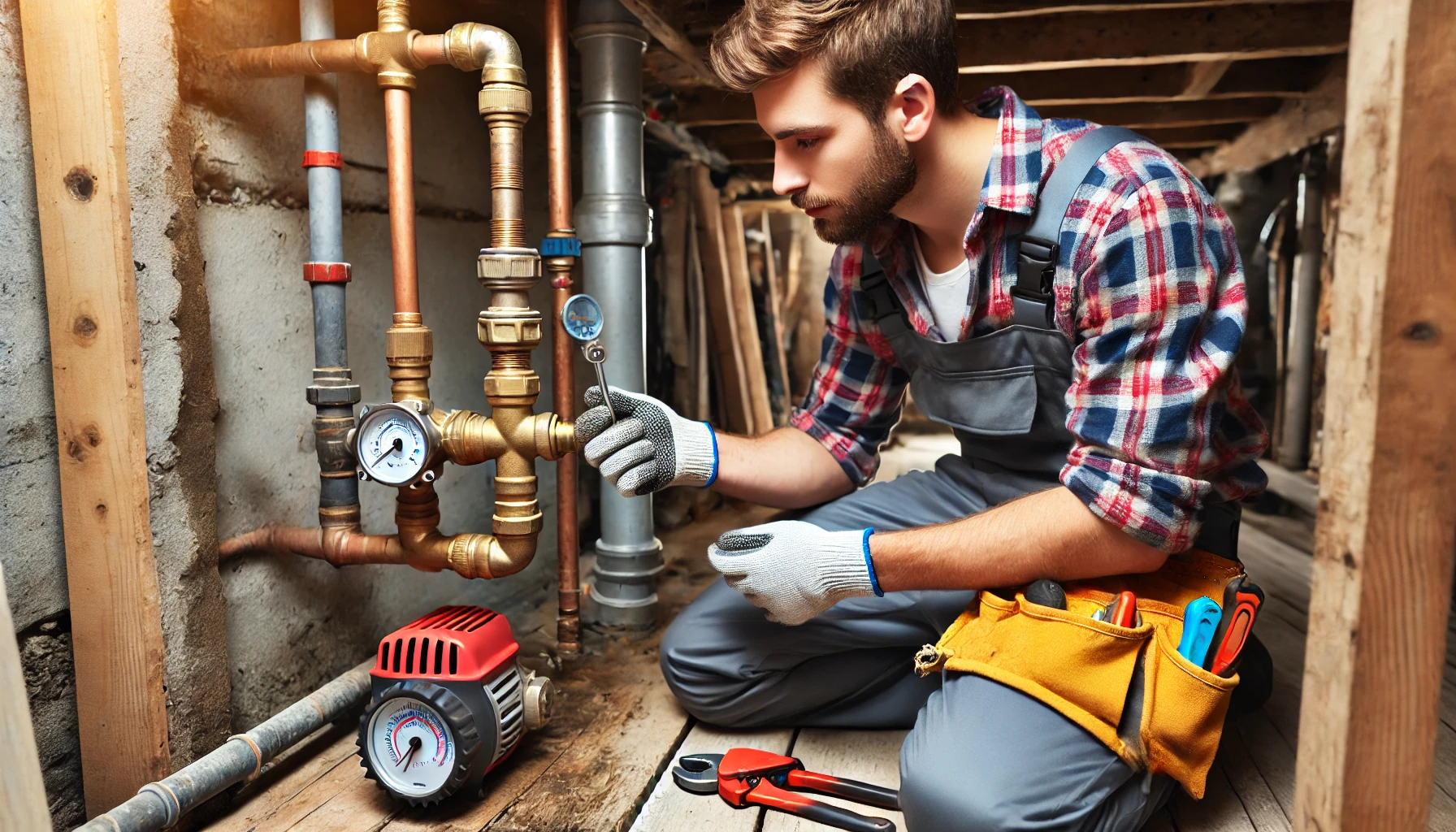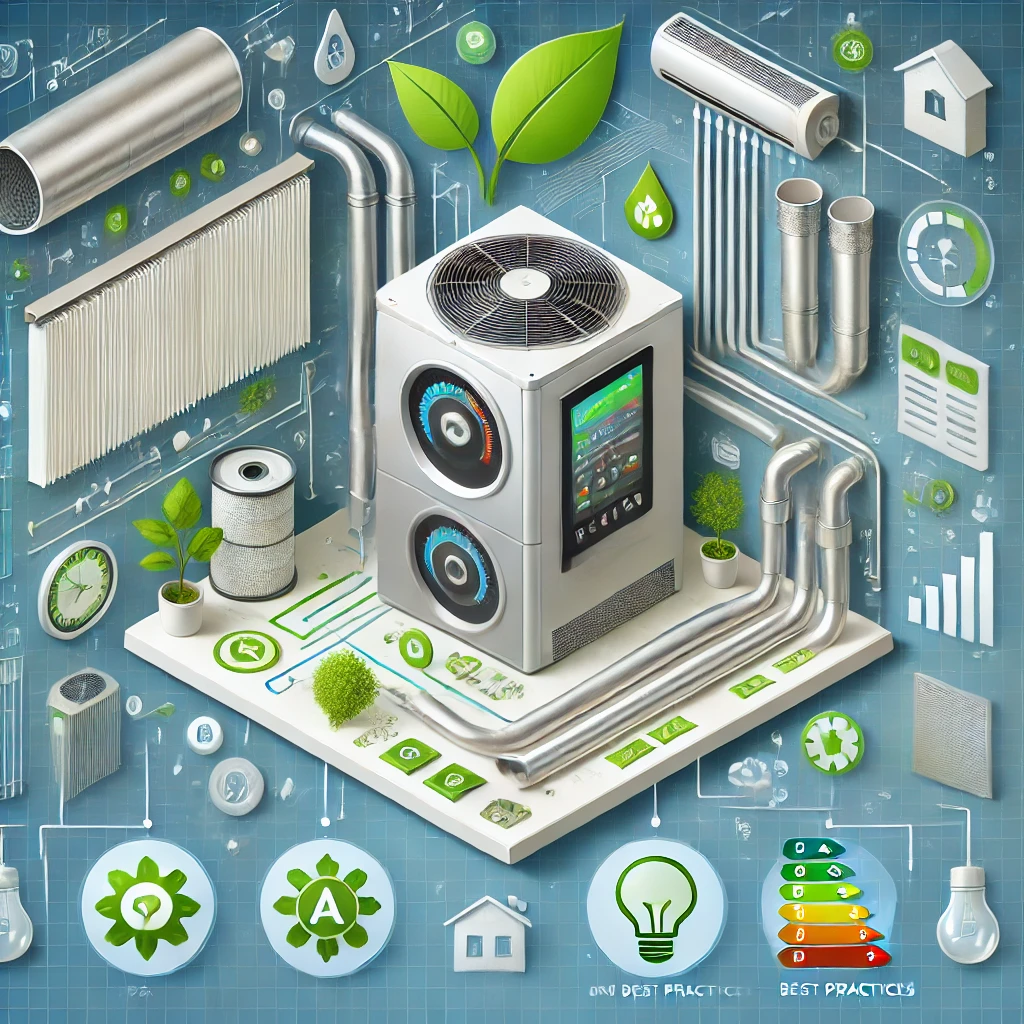Dealing with Low Water Pressure in Your Plumbing System

Low water pressure in your plumbing system can be a frustrating issue that affects daily activities such as showering, washing dishes, and doing laundry. Understanding the causes of low water pressure and how to address them can help you restore normal water flow and improve the functionality of your home's plumbing system. This blog post explores common causes of low water pressure and provides practical solutions to fix the problem.
Common Causes of Low Water Pressure
1. Clogged Pipes
Causes
- Mineral Buildup: Over time, minerals can accumulate in pipes, reducing water flow.
- Debris and Sediment: Dirt, rust, and other debris can clog pipes.
Solutions
- Pipe Cleaning: Use a pipe cleaning solution or hire a professional to clean the pipes.
- Regular Maintenance: Schedule regular plumbing maintenance to prevent clogs.
2. Faulty Pressure Regulator
Causes
- Malfunction: A faulty pressure regulator can cause inconsistent water pressure.
Solutions
- Replace Regulator: Check the pressure regulator and replace it if necessary.
- Professional Inspection: Have a plumber inspect the pressure regulator and make adjustments.
3. Leaking Pipes
Causes
- Wear and Tear: Pipes can develop leaks due to age and usage.
- Corrosion: Corrosion can weaken pipes and cause leaks.
Solutions
- Leak Detection: Inspect pipes for visible leaks or damp spots.
- Pipe Repair: Repair or replace leaking pipes to restore water pressure.

4. Main Water Supply Issues
Causes
- Municipal Supply: Issues with the municipal water supply can affect your home's water pressure.
- Main Shutoff Valve: A partially closed main shutoff valve can reduce water pressure.
Solutions
- Check Shutoff Valve: Ensure the main shutoff valve is fully open.
- Contact Water Supplier: If the issue persists, contact your water supplier for assistance.
5. Water Pressure Regulator Valve
Causes
- Incorrect Settings: The water pressure regulator valve may be set too low.
- Valve Malfunction: A malfunctioning valve can reduce water pressure.
Solutions
- Adjust Valve: Adjust the settings on the water pressure regulator valve.
- Replace Valve: If the valve is faulty, replace it with a new one.
DIY vs. Professional Help
While some water pressure issues can be resolved with DIY solutions, others may require professional assistance. For example, cleaning clogged pipes and adjusting the pressure regulator can often be done by homeowners. However, major repairs, such as fixing leaks or replacing pipes, should be handled by a licensed plumber to ensure the job is done correctly and safely.
Conclusion
Dealing with low water pressure in your plumbing system can be a hassle, but understanding the causes and knowing how to address them can help you restore normal water flow. Regular maintenance and prompt attention to issues can prevent long-term problems and keep your plumbing system running smoothly. If you're unsure about the cause of low water pressure or need assistance with repairs, don't hesitate to contact a professional plumber.
Category:



